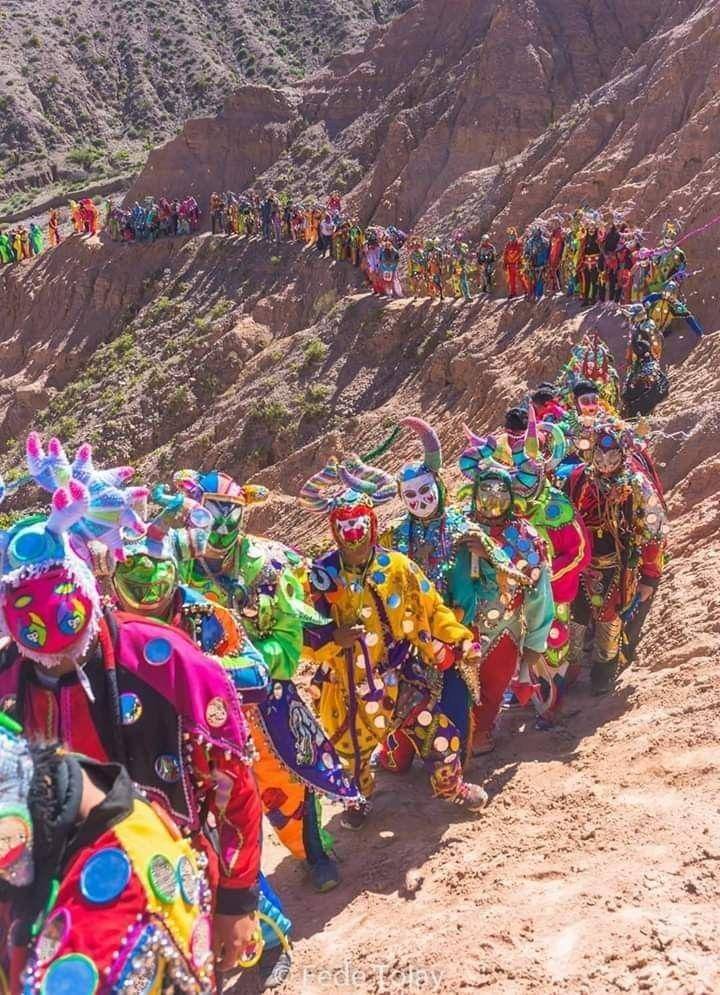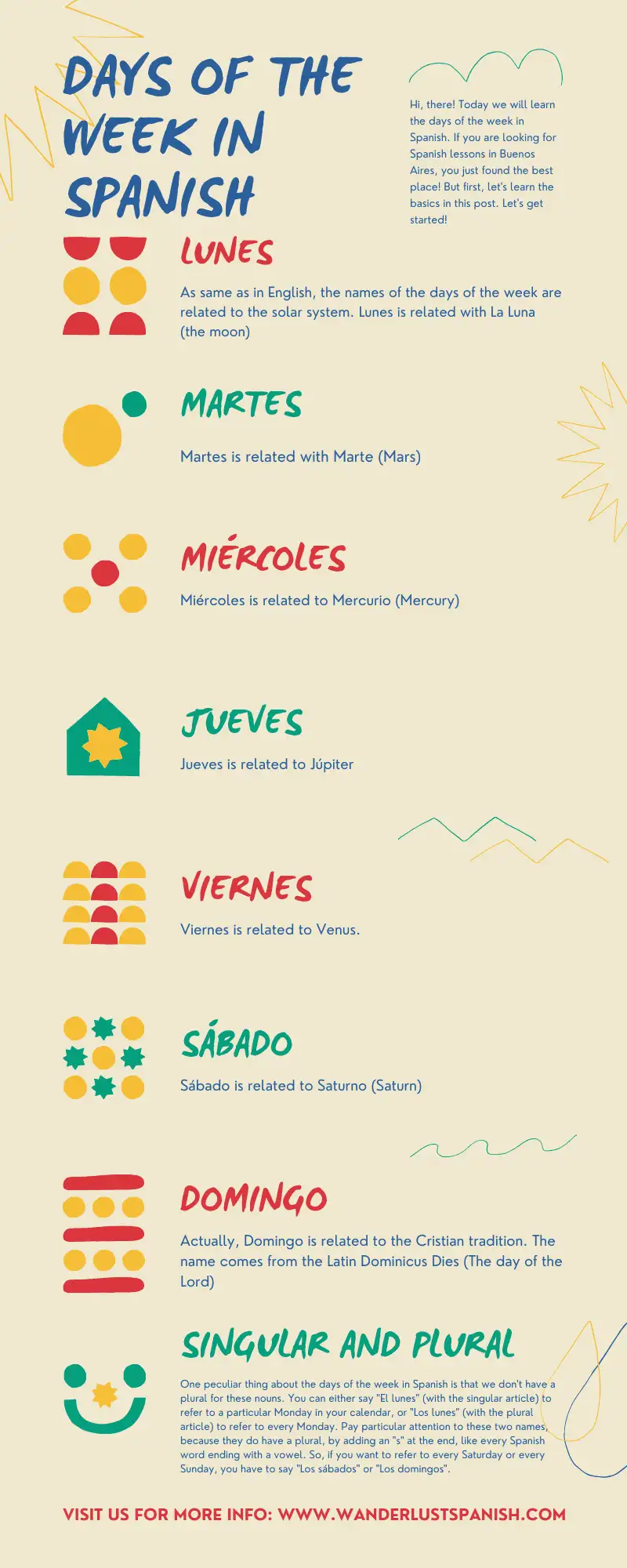Welcome to the pulsating heart of Argentine carnival, where rhythm, color, and passion converge in a spectacular display of festivity known as Argentine Carnival. This vibrant celebration, deeply rooted in tradition and history, captivates the senses and ignites the spirit of revelry across the country. Join us on an immersive journey into the enchanting world of Argentine Carnival, where every beat of the drum and sway of the hips tells a story of joy, unity, and cultural heritage.
History of Argentine Carnival:
Contents
The Argentine Carnival, deeply entrenched in the nation’s cultural tapestry, traces its origins to the colonial era, dating back to the arrival of Spanish settlers. Initially introduced as a pre-Lenten festival, it provided an opportunity for communities to indulge in revelry and festivities before the solemn period of Lent. Over time, the celebration evolved, incorporating influences from various cultural groups, including indigenous peoples and African slaves. This amalgamation of diverse traditions gave rise to the vibrant and eclectic Carnival seen today, characterized by lively street parades, elaborate costumes, rhythmic music, and spirited dances.
Today, the Argentine Carnival stands as a hallmark of the country’s cultural heritage, celebrated with zeal and enthusiasm throughout the nation. Each region adds its unique flair to the festivities, showcasing a kaleidoscope of colors, rhythms, and rituals. From the iconic Carnival celebrations in Buenos Aires to the vibrant street parties in smaller towns and villages. The spirit of Carnival transcends boundaries, uniting people from all walks of life in a shared celebration of joy, creativity, and cultural identity.
The Essence of Argentine Carnival:
The Argentine Carnival is deeply rooted in the country’s history and cultural heritage, tracing its origins back to the colonial era. Introduced by Spanish settlers, the Carnival initially served as a pre-Lenten celebration, providing a period of revelry before the solemn observance of Lent. Over the centuries, it evolved to incorporate elements from various cultural traditions, including indigenous rituals and African rhythms brought by slaves. Today, the Argentine Carnival is a vibrant fusion of these diverse influences, characterized by colorful parades, elaborate costumes, and energetic music.
Argentine Carnival celebrations take place throughout the country, with each region adding its unique flair to the festivities. In Buenos Aires, the capital city, Carnival reaches its peak with massive street parties, vibrant parades, and lively performances. In other parts of Argentina, such as Gualeguaychú and Corrientes, Carnival is celebrated with elaborate floats, intricate costumes, and traditional dances like the murga and the candombe.
Beyond the spectacle, Carnival holds deep cultural significance, serving as a time for communities to come together, celebrate their heritage, and express their creativity through music, dance, and art
Enjoy the summer in Buenos Aires! Click here to know more.
Symbols and Traditions:
Argentine Carnival is replete with symbols and traditions that reflect the country’s rich cultural tapestry. One of the most iconic features is the comparsa, or Carnival troupe, which comprises dancers, musicians, and performers who showcase their talents in elaborate street parades. Colorful costumes adorned with feathers, sequins, and intricate designs pay homage to Argentina’s diverse heritage, while traditional masks add an air of mystery and intrigue to the festivities.
The essence of Argentine Carnival lies in its ability to unite people from all walks of life in a shared celebration of joy and creativity. From the bustling streets of Buenos Aires to the remote villages of the countryside, communities come together to participate in the festivities, sharing in the excitement and camaraderie that Carnival brings. Whether it’s through the rhythm of the music, the vibrant colors of the costumes, or the spirited performances of the comparsas, Argentine Carnival embodies the spirit of unity, diversity, and cultural pride.
Celebrations Across Argentina:
Argentine Carnival is not confined to the bustling streets of Buenos Aires but extends its exuberant celebrations across the diverse regions of the country. Each region contributes its unique customs and traditions, enriching the tapestry of Argentina’s cultural heritage. In the northern province of Jujuy, for instance, the Carnival of Humahuaca is renowned for its indigenous influences and vibrant street processions, where colorful costumes and rhythmic music reflect the ancestral roots of the local communities. Meanwhile, in the province of Corrientes, the Carnival of Paso de los Libres captivates audiences with its elaborate floats, energetic samba dancers, and infectious music, showcasing the region’s passion for spectacle and revelry.
These diverse celebrations exemplify the unity in diversity of Argentina, where people from different backgrounds come together to celebrate shared traditions and values. Whether in the lively streets of Buenos Aires or the remote corners of the country, Argentine Carnival serves as a testament to the country’s vibrant cultural identity and the enduring spirit of camaraderie among its people.
The Role of Music and Dance in Argentine Carnival:
Music and dance are integral components of Argentine Carnival, embodying the essence of cultural heritage and collective joy. Throughout the festivities, the streets resonate with the infectious rhythms of cumbia, cuarteto, and murga, creating an immersive auditory experience that captivates participants and spectators alike. From the pulsating beats of the drums to the lively melodies of traditional instruments, the music of Carnival serves as a unifying force, bringing people together in celebration and camaraderie.
Dance plays an equally vital role in Argentine Carnival, offering participants a platform to express themselves and connect with their cultural roots. Whether engaging in spontaneous street dances or participating in choreographed murga performances, individuals of all ages and backgrounds come together to revel in the dynamic movements and vibrant colors of Carnival. Through music and dance, Argentine Carnival transcends mere entertainment to become a powerful celebration of community spirit and cultural pride.
Culinary Delights:
No Argentine Carnival is truly complete without indulging in the culinary delights that line the bustling streets and add flavor to the festivities. Street vendors tempt Carnival-goers with an irresistible array of traditional treats, from savory empanadas stuffed with flavorful fillings to juicy choripán bursting with Argentine sausage and chimichurri sauce. And let’s not forget about the sweet finale – alfajores, decadent sandwich cookies filled with dulce de leche and coated in chocolate or powdered sugar, satisfy even the most insatiable sweet tooth.
As the aroma of grilled meats fills the air and the sound of laughter and music fills the streets, libations flow freely. Locals and visitors alike raise their glasses in a toast to the vibrant spirit of Carnival and the joy of shared experience. Whether sipping on a refreshing mate cocido or indulging in a glass of Malbec, Carnival-goers come together to celebrate life, community, and the rich culinary traditions that define Argentine culture.
The Spirit of Unity and Inclusivity:
Argentine Carnival serves as a powerful symbol of unity, welcoming people from all walks of life to join in the festivities and celebrate together. Regardless of social status, economic standing, or cultural background, Carnival-goers are united by a shared sense of joy and camaraderie. It is a time when differences are set aside, and barriers are broken down, fostering a spirit of inclusivity and acceptance that permeates every aspect of the celebration.
Amidst the colorful costumes, lively music, and exuberant dancing, Carnival provides a platform for genuine connections to be formed, transcending boundaries and fostering a sense of belonging. Whether participating in the parades, sampling culinary delights, or simply soaking in the vibrant atmosphere, everyone is embraced as part of the Carnival family. Everyone is invited to revel in the rich tapestry of Argentine culture and experience the true essence of unity and inclusivity.
Conclusion:
In conclusion, Argentine Carnival stands as a vibrant testament to the country’s rich cultural heritage and spirit of unity. From its humble beginnings to its present-day extravaganzas, Carnival has evolved into a dynamic celebration that brings people together in joyous harmony. Through music, dance, culinary delights, and a profound sense of inclusivity, Carnival transcends boundaries, fostering connections and creating memories that last a lifetime. As revelers take to the streets in colorful costumes and infectious rhythms, they not only celebrate Argentine culture but also embrace the shared humanity that unites us all. So, whether you’re a local or a visitor, immerse yourself in the magic of Argentine Carnival and experience the true essence of unity, diversity, and celebration.









